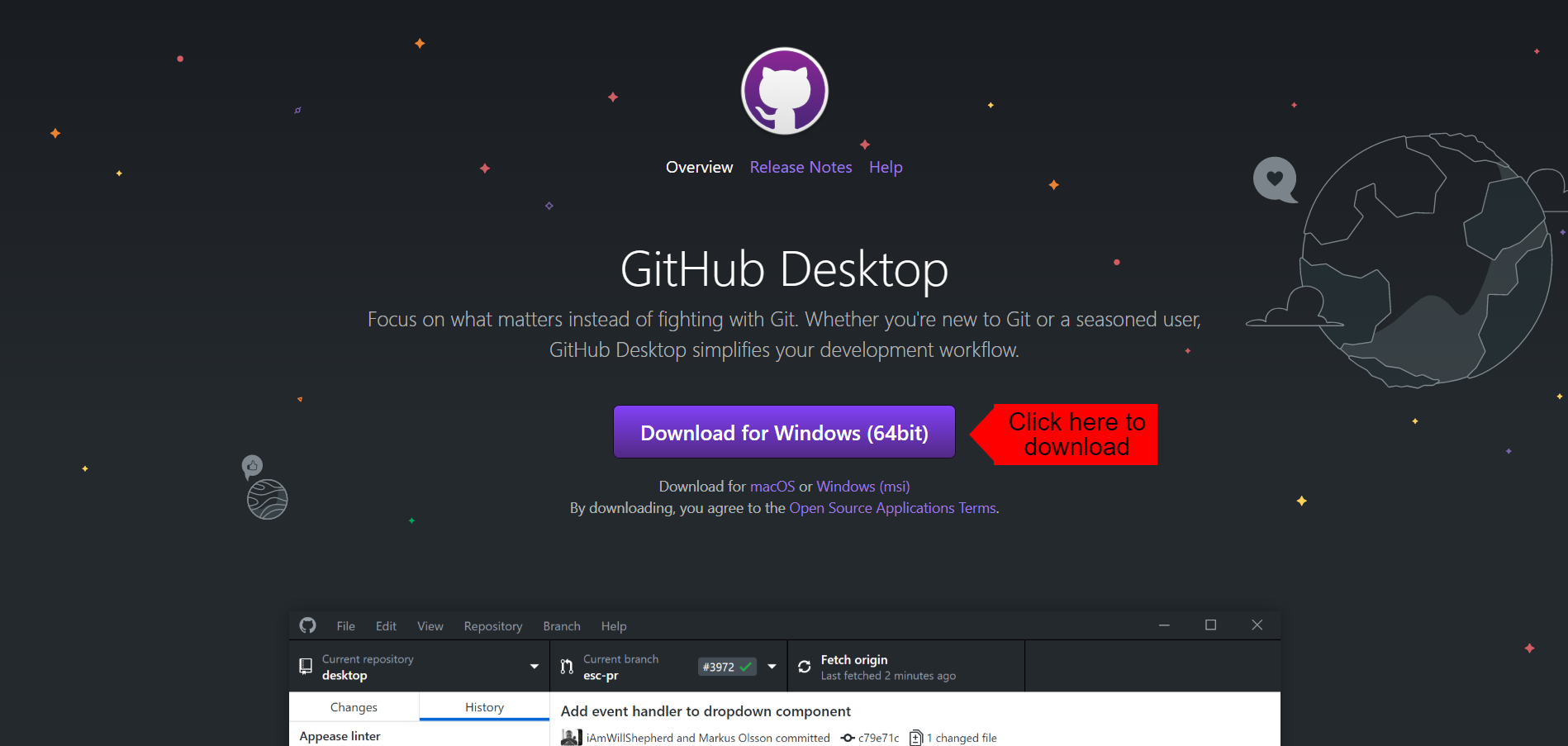


Now, it’s time to create a pull request for your changes! Once you’ve pushed your changes, you’ll have another option to “Create a Pull Request from your current branch” as shown in the image below. This request is where your changes are to the remote server, which will be visible by anyone with access to that repository. You’ll then see an option appear similar to the image below where it’s asking if you wish to push your commits to the origin remote. Once you’ve typed your message and description, click the “Commit to ” button.

Add a description to the second text box.Īn example of this is below with my suggested changes during the rebrand to Vonage: The second text box will allow you to be a little more descriptive on what your changes are doing. This commit message should be a very brief description of what the commit as a whole was. Tick the files you wish committed to the repository.Īt the bottom left of the screen, you’ll see two text boxes and a button labelled “Commit to ” Where is your branch name.Īdd a commit message into the first text box. On the left-hand side, it will show the files that have been added, removed, or altered. You can see the new changes on the GitHub Desktop application. In this README.md file, there were still references to Nexmo, so I suggested the changes shown in the image below: At the time of writing this tutorial, Vonage is going through a rebrand, changing the Nexmo and OpenTok branding to Vonage branding. Below is an example I have when I created some changes to the README.md file of the Vonage PHP SDK. If you have the repository and branch chosen in your GitHub repository, you should see a screen similar to what’s shown below. You’re now ready to review your changes in GitHub Desktop.

GITUP DESKTOP DOWNLOAD
To download the version for your operating system, click one of the previous links and follow the instructions.
GITUP DESKTOP WINDOWS
GitHub Desktop is available on Windows and macOS. If you don’t know what Git is, please check out the Introduction to Git tutorial. GitHub Desktop is a native application for both Windows and macOS to allow developers to manage their repositories. GitHub is a remote hosting platform that enables developers to store their projects externally. Git is a distributed version control system that allows developers to keep track of all changes to files within their projects.
GITUP DESKTOP HOW TO
In this tutorial, we will learn how to review code changes in GitHub Desktop, commit these changes and then create a pull request on GitHub.


 0 kommentar(er)
0 kommentar(er)
